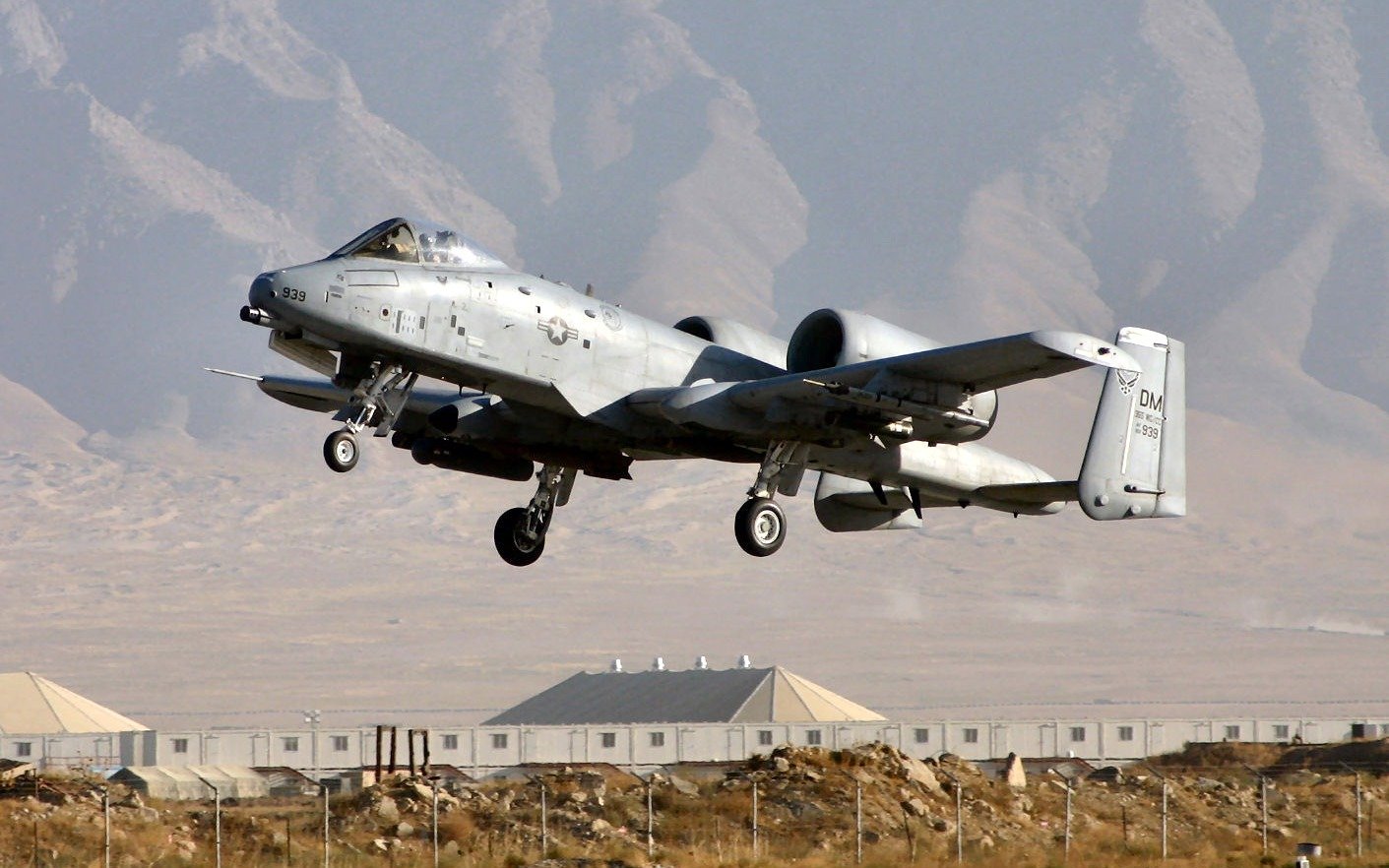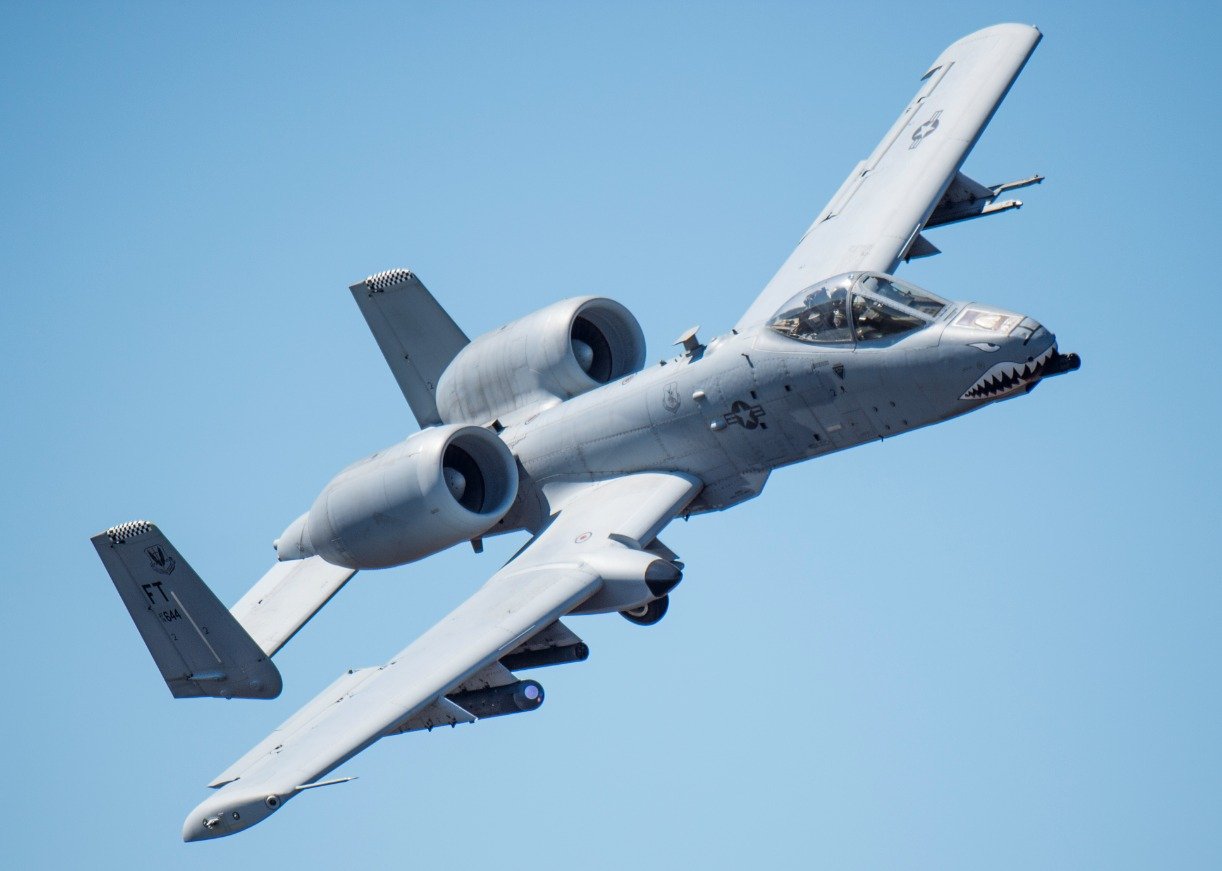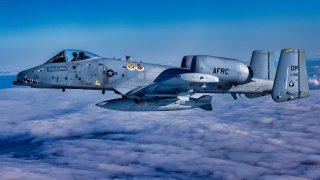'Warthog' Problems: Is the Air Force Trying to Kill the A-10 Thunderbolt II?
The A-10 Thunderbolt II, a revered close air support aircraft known for its ability to fly low and deliver devastating firepower, faces potential retirement as the U.S. Air Force seeks to shift funding toward newer, experimental platforms.
Summary and Key Points You Need to Know: The A-10 Thunderbolt II, a revered close air support aircraft known for its ability to fly low and deliver devastating firepower, faces potential retirement as the U.S. Air Force seeks to shift funding toward newer, experimental platforms.

-Despite opposition from Congress and veterans who credit the A-10 with saving lives in combat, the Air Force is inactivating key units like the 354th Fighter Squadron at Davis-Monthan Air Force Base.
-While these A-10s will be reassigned, the move signals a slow phasing out of the aircraft.
-Advocates argue that the A-10's unique capabilities, including its loiter time and heavy armor, are irreplaceable in modern warfare.
The Fight to Save the A-10 Thunderbolt II from Retirement
The A-10 Thunderbolt II is a work of art. It flies slow and low, is heavily armored, and can blast apart targets attacking our forces on the ground at close range. It’s old, though. And many want to see the bird killed and replaced with something else.
Despite this fact, though, there are members of Congress who continue fighting the Air Force’s plans to cut funding for the A-10 and to divert those funds to more expensive, newer platforms (that might not perform as expected, given their experimental nature).
Many veterans of America’s wars in Afghanistan and Iraq have sworn by the A-10. These birds saved their lives or the lives of their comrades against advancing enemy forces. A-10 pilots were able to hover over a battlespace, pick any approach enemies off—in droves—in ways that not even artillery would have been able to do. Their loiter time was the key thing that saved these troops while in combat, too.
The A-10 can stay engaged for hours whereas other platforms that the Air Force wants to use to conduct Close Air Support (CAS) missions are nowhere near as effective.
Bureaucracies Find Ways to Achieve their Ends
Still, the Air Force as a bureaucracy disagrees with Congress’ decision to keep the A-10 program going. While the Air Force cannot negate the wishes of the Legislative Branch of the United States Government, they can do certain things that might stymie the will of Congress in other, more administrative means.

One such way is to divest from and inactivate key elements of the force supporting the A-10s. Recently, the Air Force engaged in such a move when they have inactivated the 355th Wing’s 354th Fighter Squadron and 354th Fighter Generation Squadron at Davis-Monthan Air Force Base in Arizona as of September 13, 2024.
According to the official press announcement, the squadron known as the “Bulldogs” had “conducted 35,000 combat sorties, where they fired more than a quarter million 30 mm rounds, supported 1,300 troops in contact, flew missions against numerous high-value targets and provided close air support in 71 successful rescues.”
Retirement By Another Name
The Air Force insists that this inactivation is merely a reshuffling of the decks. Soon, the 492nd Special Operations Wing of the Air Force Special Operations Command wing, will open where the A-10s once operated from in Davis-Monthan.
The people who once serviced the A-10 fleet there will not be re-tasked with servicing the Special Operations community. They will also be charged with maintaining new EA-37B Compass Call aircraft.
Davis-Monthan’s A-10s will be transitioned elsewhere. They will not be retired directly but they will lose access to the unit that “built the attack culture” around the A-10. That’s like removing the soul of the plane.
Sure, it’ll keep flying. And there are plenty of skilled people in the Air Force who can maintain these birds and fly them, but it won’t be the same. And that’s the point. Because, ultimately, the Air Force wants to terminate the A-10 program which they believe is antiquated.
Keep the A-10 Flying
This is but the first of many small steps toward ultimately retiring these birds. If and when the Air Force achieves its goal, it will be a huge loss for the warfighters of America’s military, who have come to depend on the A-10 when their lives and mission depend on it most. While the Air Force has access to other CAS planes, none are as heavily armored, possess the kind of loiter time that the A-10s, and can consistently pack a punch the way that the A-10 can.
Author Experience and Expertise: Brandon J. Weichert
Brandon J. Weichert, a National Interest national security analyst, is a former Congressional staffer and geopolitical analyst who is a contributor at The Washington Times, the Asia Times, and The-Pipeline. He is the author of Winning Space: How America Remains a Superpower, Biohacked: China’s Race to Control Life, and The Shadow War: Iran’s Quest for Supremacy. His next book, A Disaster of Our Own Making: How the West Lost Ukraine, is due October 22 from Encounter Books. Weichert can be followed via Twitter @WeTheBrandon.
All images are Creative Commons or Shutterstock.
From the Vault
Russia Freaked Out: Why the U.S. Navy 'Unretired' the Iowa-Class Battleships
Battleship vs. Battlecruiser: Iowa-Class vs. Russia's Kirov-Class (Who Wins?)


